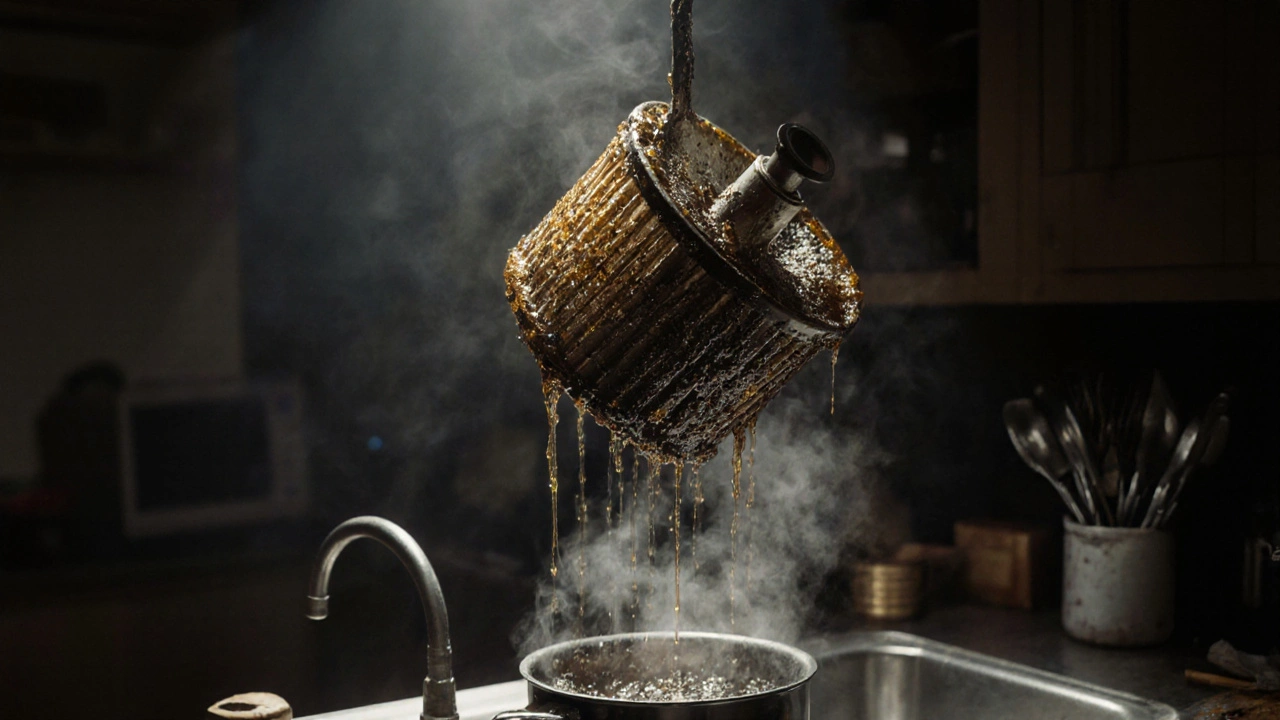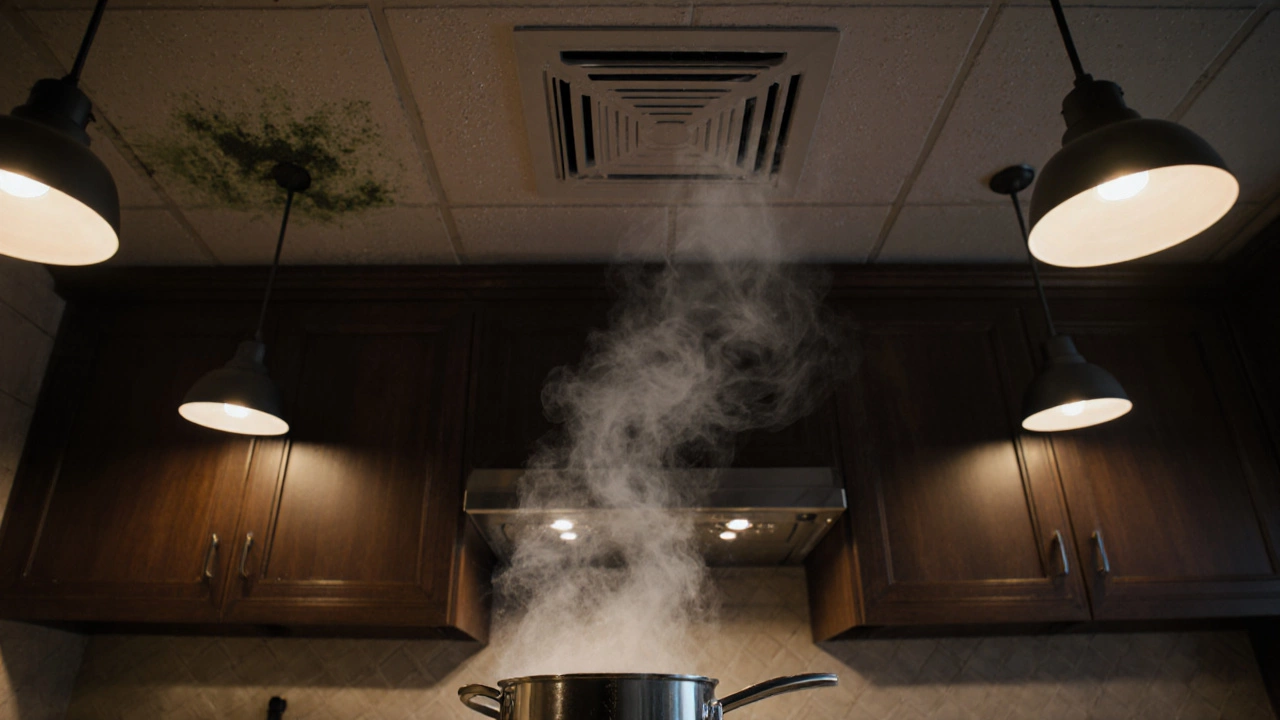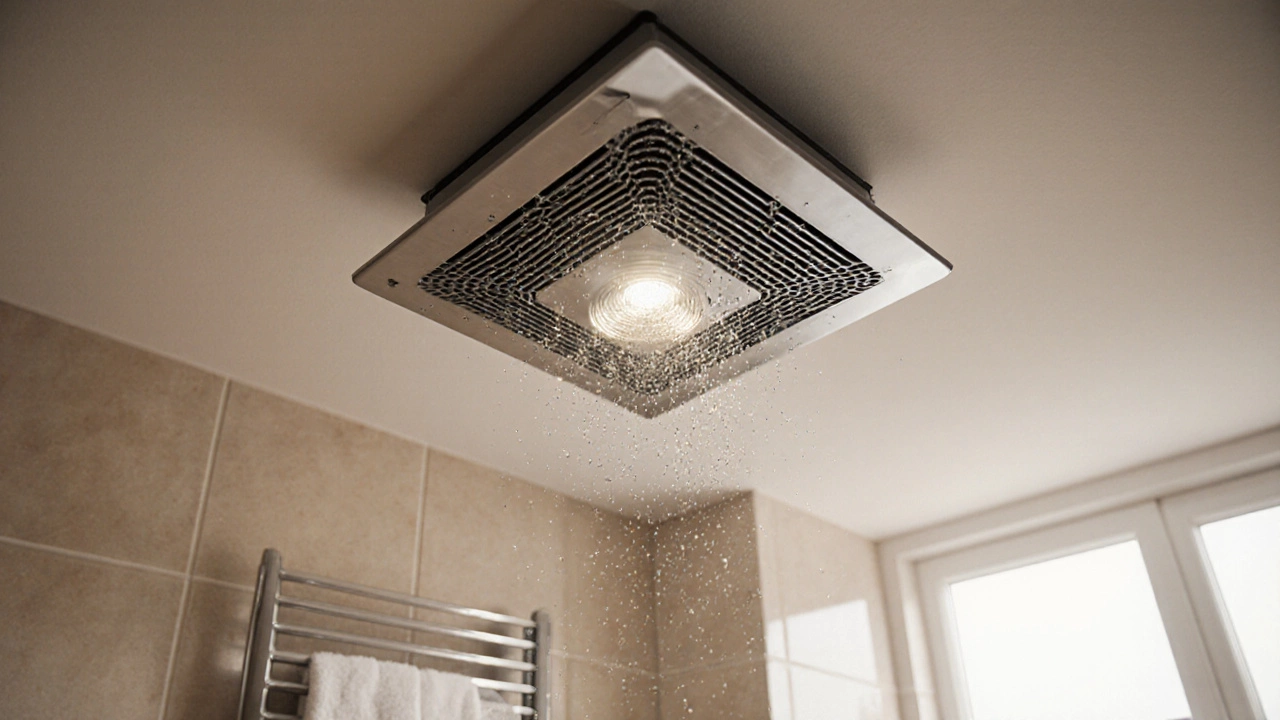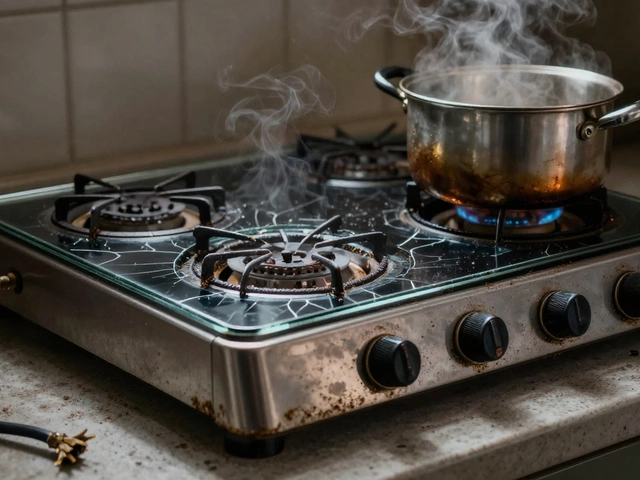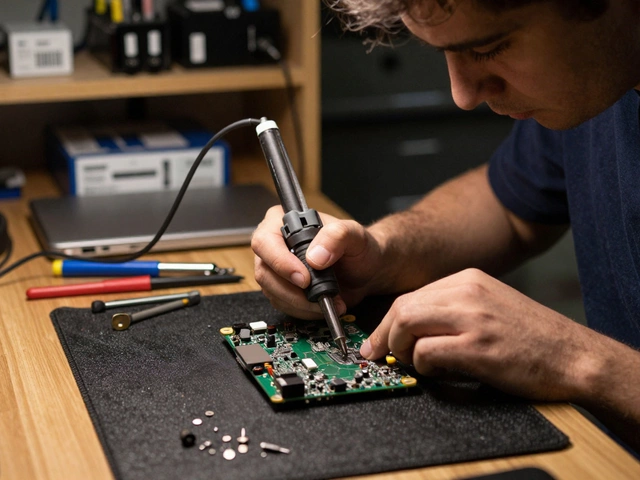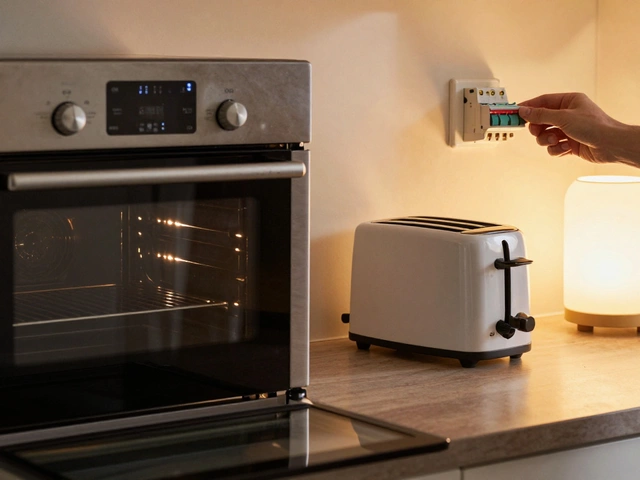Kitchen Ventilation: Simple Fixes and When to Call the Pros
Bad kitchen air can make cooking miserable and leave greasy smells hanging around. A well‑working extractor fan keeps steam, smoke, and odors out of your living space. If your fan is whining, blowing weakly, or stopped altogether, you don’t have to live with it. Below you’ll find quick checks, DIY fixes, and clear signs it’s time to bring in an expert.
Good ventilation also protects your cabinets and walls from moisture damage. That’s why even a small fan problem can become a big headache if ignored. Spotting the issue early saves money and keeps your kitchen fresh.
Common Extractor Fan Problems
Most kitchen fans fail for three simple reasons: a clogged filter, a loose connection, or a burnt‑out motor. A dirty filter reduces airflow, so the fan sounds louder and barely moves air. Loose wiring can cause the fan to stop intermittently, while a motor that’s overheating will shut off after a few minutes.
Start by turning off the power at the fuse box. Remove the outer grill and check the filter – a quick wash with warm soapy water often restores performance. Next, give the wiring a visual inspection; look for any loose screws or frayed wires. If everything looks tight, listen for a humming sound when you turn it back on – that tells you the motor is still alive.
DIY Replacement Guide
When cleaning doesn’t help, swapping the fan is usually straightforward. Most residential fans use a standard mounting bracket and a 3‑pin connector. You’ll need a screwdriver, a drill (if the old screws are rusted), and a new fan that matches the size and airflow rating of the original.
1. Switch off the electricity. 2. Unscrew the old fan housing and disconnect the wiring. 3. Attach the new fan to the bracket, secure the screws, and reconnect the wires – match the live, neutral, and earth pins. 4. Double‑check the connections, restore power, and test the fan speed. If the new fan runs smoothly, you’re done. If it still struggles, the issue may be deeper in the ductwork or the switch.
Keep a small toolbox handy with a flat‑head screwdriver, a voltage tester, and a dust mask. These tools cover most kitchen fan jobs and keep you safe from stray electricity.
Even with the right tools, don’t ignore safety. If you feel unsure about wiring, notice any burnt smell, or the fan trips the breaker, stop and call a qualified electrician or a local repair service. A professional can diagnose hidden faults, replace a motor, or fix duct problems that DIYers rarely see.
Bottom line: regular cleaning keeps most fans humming, while a quick DIY swap handles the rest. When the problem feels beyond a filter or a loose screw, reach out to experts who can get your kitchen breathing easy again.
Do Extractor Fans Need Maintenance? Here’s What Actually Happens Without It
- Alden Wilder
- Nov 3 2025
- 0 Comments
Extractor fans need regular maintenance to work properly, prevent fires, and avoid costly repairs. Learn how often to clean filters, signs of trouble, and when to call a pro.
View MoreWhat Happens When You Skip an Extractor Fan? Risks and Fixes
- Alden Wilder
- Oct 25 2025
- 0 Comments
Skipping an extractor fan leads to mold, odors, higher energy bills, and possible code violations. Learn the risks, health impacts, and practical fixes for a healthier kitchen.
View MoreHow to Replace an Extractor Fan Motor - Step‑by‑Step DIY Guide
- Alden Wilder
- Oct 14 2025
- 0 Comments
Learn how to replace an extractor fan motor step by step. This DIY guide covers troubleshooting, parts selection, safety, installation tips, and common pitfalls.
View MoreWho Would Replace an Extractor Fan?
- Alden Wilder
- Feb 5 2025
- 0 Comments
Replacing an extractor fan might seem daunting, but who exactly should handle this task? This article delves into the ins and outs of extractor fan replacement, offering practical tips on when you might DIY and when to call in a pro. You'll learn about the importance of proper ventilation and some surprising facts about extractor fans. By the end, you'll know precisely how to proceed if your fan goes bust. Stay informed and keep your home fresh and airy.
View More